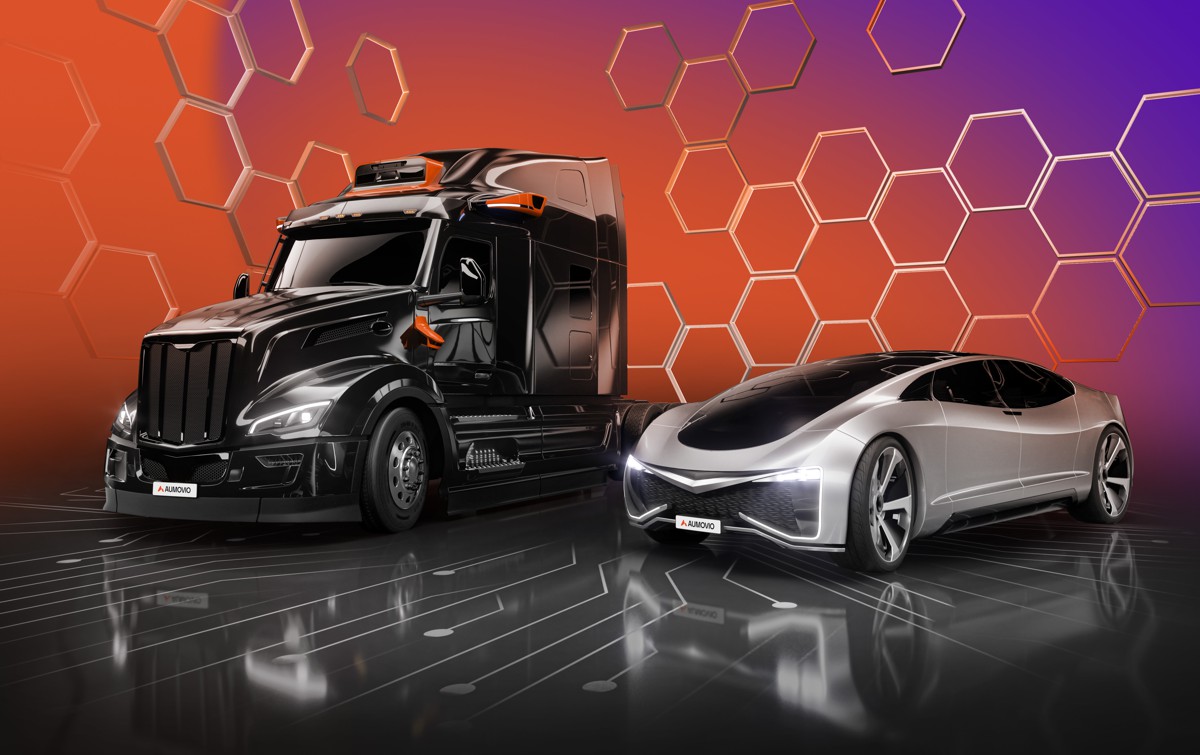A New Lighter, Quieter, and Safer Era for Automotive Air Ducts
The automotive industry is constantly pushing the boundaries of innovation, with every component undergoing a technological upgrade. One such breakthrough is the development of a revolutionary, lightweight air duct, created collaboratively by a team of engineers at Korea Institute of Machinery and Materials (KIMM), Yujin SMRC Automotive Tech Co., Ltd., and SH Korea.
This advanced air duct not only addresses the shortcomings of traditional air ducts but promises to improve vehicle efficiency, comfort, and safety. With a 60% reduction in weight, superior noise insulation, and enhanced safety, the new air duct is set to replace older models in commercial vehicles, opening the doors to a more efficient and sustainable automotive future.
The Challenge of Traditional Air Ducts
Air ducts, which may seem like a mundane part of a vehicle’s architecture, play an integral role in delivering comfort and ensuring the proper functioning of climate control systems. Traditionally, these ducts have been constructed using high-density polyethylene (HDPE).
While HDPE is widely used due to its affordability and ease of production, it comes with a number of disadvantages.
- Weight: HDPE ducts are considerably heavy, adding to the overall weight of the vehicle, which in turn affects fuel efficiency.
- Poor Insulation: These ducts are not the best at thermal insulation, leading to heat loss and poor climate control.
- Noise: Vibration and airflow within the ducts can create unwanted noise, further diminishing ride quality.
- Safety Concerns: Perhaps most significantly, HDPE ducts can shatter on impact during accidents, potentially endangering drivers and passengers.
In short, while HDPE has been a go-to material, its limitations have prompted engineers to seek alternatives, and that’s where this innovative new product comes in.
Enter the New Lightweight Air Duct
Developed by KIMM and its partners, the new air duct offers a host of improvements, thanks to its use of polyethylene (PE) foam sheets. The engineering team, led by Senior Researcher Seunghoon Bae, set out to resolve the long-standing issues associated with traditional air ducts, and the result is nothing short of impressive.
The new air duct boasts several key advantages over its HDPE counterpart:
- Weight Reduction: By shifting to PE foam, the weight of the air duct is slashed by around 60%, contributing to overall vehicle efficiency. With less weight to carry, vehicles can benefit from better fuel economy and reduced emissions.
- Improved Airtightness: Airtightness is crucial for maintaining a vehicle’s climate control and airflow systems. This new design ensures that air leakage is minimised, which enhances the performance of heating and cooling systems.
- Noise Reduction: PE foam naturally has better soundproofing qualities, drastically reducing the amount of noise generated within the duct system. This feature alone has the potential to improve the cabin’s comfort level, providing passengers with a quieter ride.
- Enhanced Safety: One of the most critical aspects of this innovation is its impact on vehicle safety. Unlike HDPE ducts, which may shatter on impact, the PE foam construction is far more resilient, providing greater protection during collisions.
So, how exactly does this new air duct come to life? The team at KIMM employed a manufacturing process that involves vacuum forming and a hot knife trimming technique, replacing the traditional blow-moulding method used for HDPE ducts. Here’s how the process works:
- Preheating the PE Foam Sheet: The foam sheet material is heated to make it pliable.
- Suction Moulding: The material is then shaped into complex forms using vacuum suction, allowing for precise design specifications.
- Compression Bonding: The upper and lower sheets of foam are bonded together under compression, ensuring the integrity of the air duct structure.
- Hot Knife Trimming: Finally, the edges are trimmed using a hot knife, providing a clean and precise finish.
This process not only results in a lighter, more efficient air duct but also enhances productivity by reducing defect rates during manufacturing.
Rigorous Testing and Commercialisation
No new automotive component can be deemed ready for commercial use without undergoing extensive testing, and the KIMM team left no stone unturned. They conducted rigorous performance evaluations to ensure that the new air duct met all necessary specifications for completed vehicles. During the testing phase, the team also developed a technique for extracting the dynamic properties of polymeric materials like PE and polypropylene (PP), which could further be applied to other areas of automotive engineering.
Senior Researcher Seunghoon Bae, who spearheaded the project, expressed his confidence in the product, stating: “This product is expected to address the shortcomings of existing air ducts, and it will be applicable to various vehicle models in the future.” His optimism was shared by Eugene SMRC’s Head of Research Lab, Sungbin Lim, who said: “This development has resulted in a component that excels in quality, cost efficiency, and weight reduction. We plan to enhance our competitiveness in both domestic and international markets through mass production.”
A Step Towards Greater Self-Sufficiency
In addition to the technological advancements, there’s a broader significance to this development: self-sufficiency. Currently, the air ducts used in many vehicles in South Korea are imported from France.
By producing this component domestically, the collaboration between KIMM, Eugene SMRC, and SH Korea not only reduces reliance on foreign suppliers but also strengthens the domestic automotive supply chain. This is an important step for South Korea, which is striving to enhance its automotive industry’s independence in an increasingly globalised market.
The Future of Automotive Air Ducts
This new air duct is not just a step forward in terms of material and production methods—it represents a significant leap towards greener and safer vehicles. With its improved efficiency, reduced weight, and enhanced safety features, it aligns perfectly with the automotive industry’s push towards sustainability and safety.
Looking ahead, the development team is focused on refining the technology for mass production, with plans to introduce it to a wider range of vehicle models in the near future. As the global automotive market continues to evolve, innovations like this will be key in meeting the demands of consumers and regulators alike.
This breakthrough in automotive air duct technology highlights the importance of continued research and collaboration in the industry. Supported by the Ministry of Trade, Industry, and Energy, as well as the Korea Institute for Industrial Technology Evaluation and Planning, the project underscores the value of government-backed R&D in driving technological progress.
In the years to come, the automotive industry will no doubt see further advancements in materials, production methods, and design. With each new development, vehicles will become safer, more efficient, and more comfortable for consumers—a future that begins with innovations like this one.




















